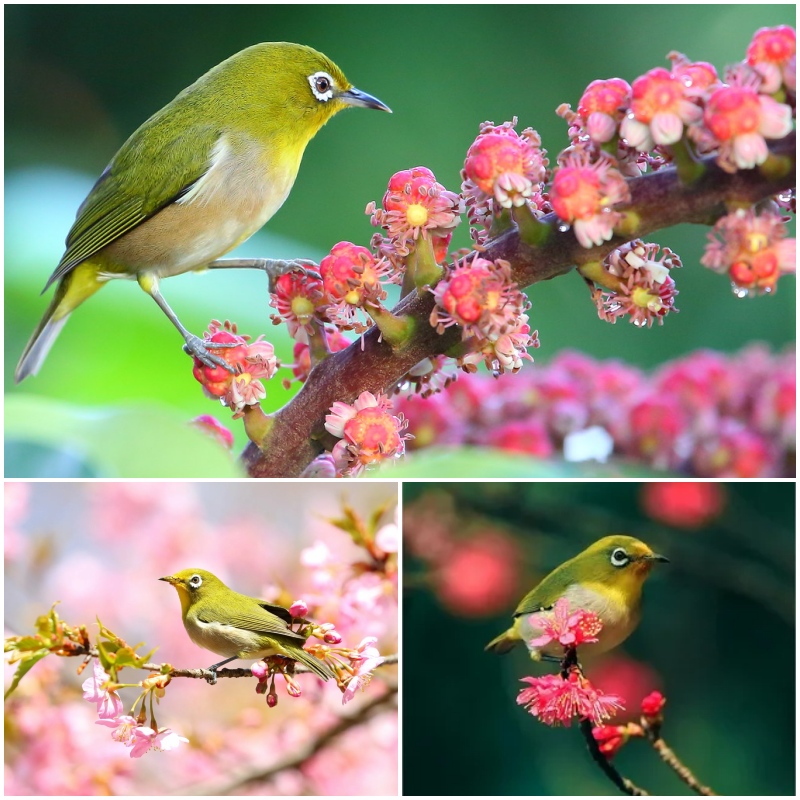There’s nothing quite like the melodious songs of songbirds filling the air on a beautiful spring morning. By creating a flower garden specifically designed to attract these delightful creatures, you can not only enjoy their enchanting tunes but also provide them with essential food, shelter, and nesting sites. In this guide, we’ll explore how you can design and plant a flower garden that not only enhances your outdoor space but also serves as a welcoming haven for songbirds.



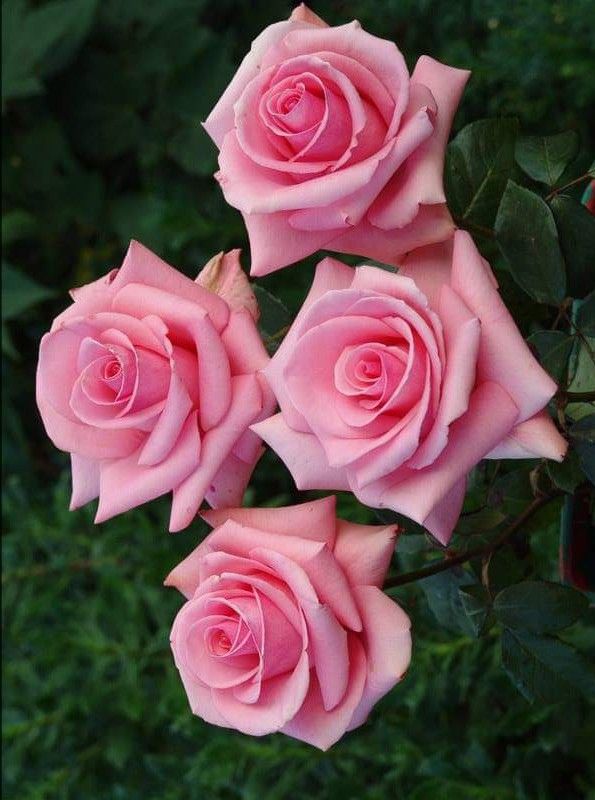

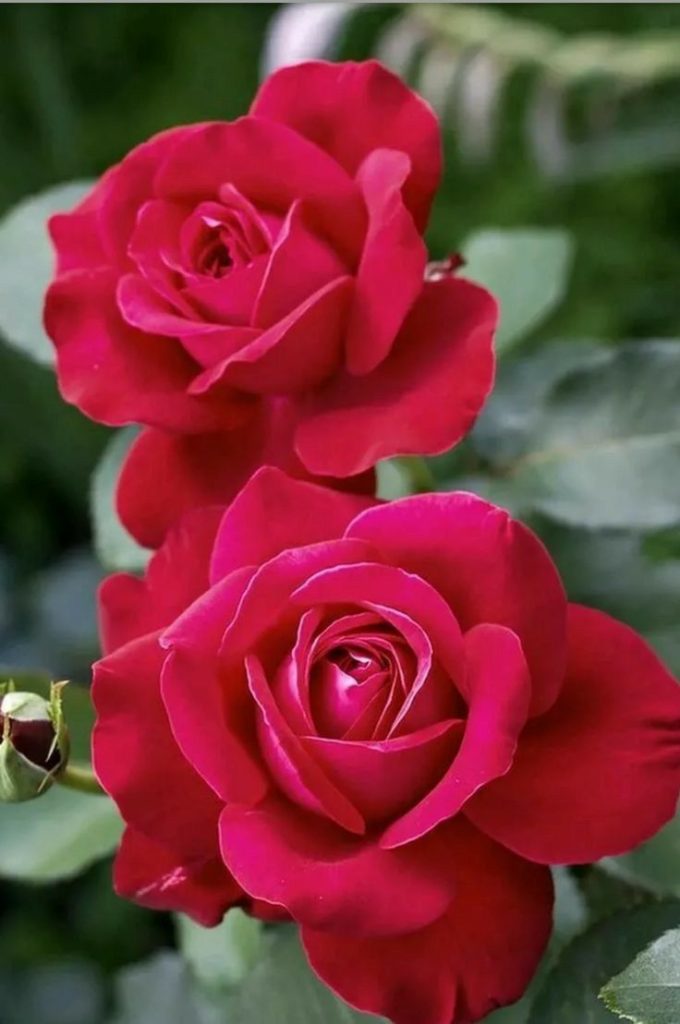
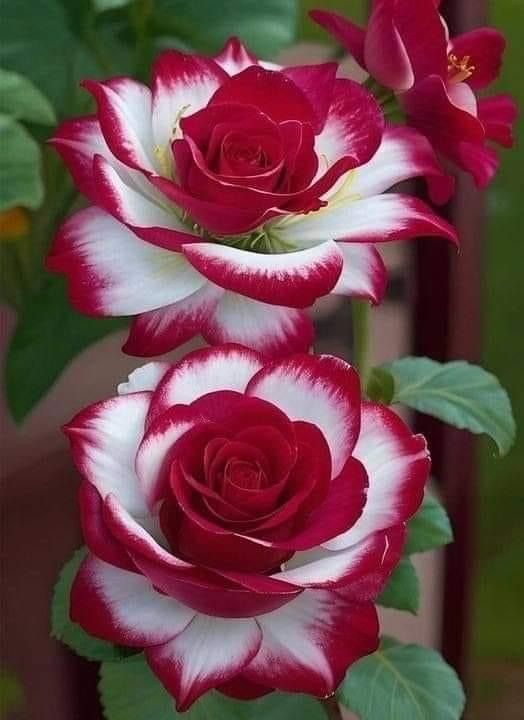
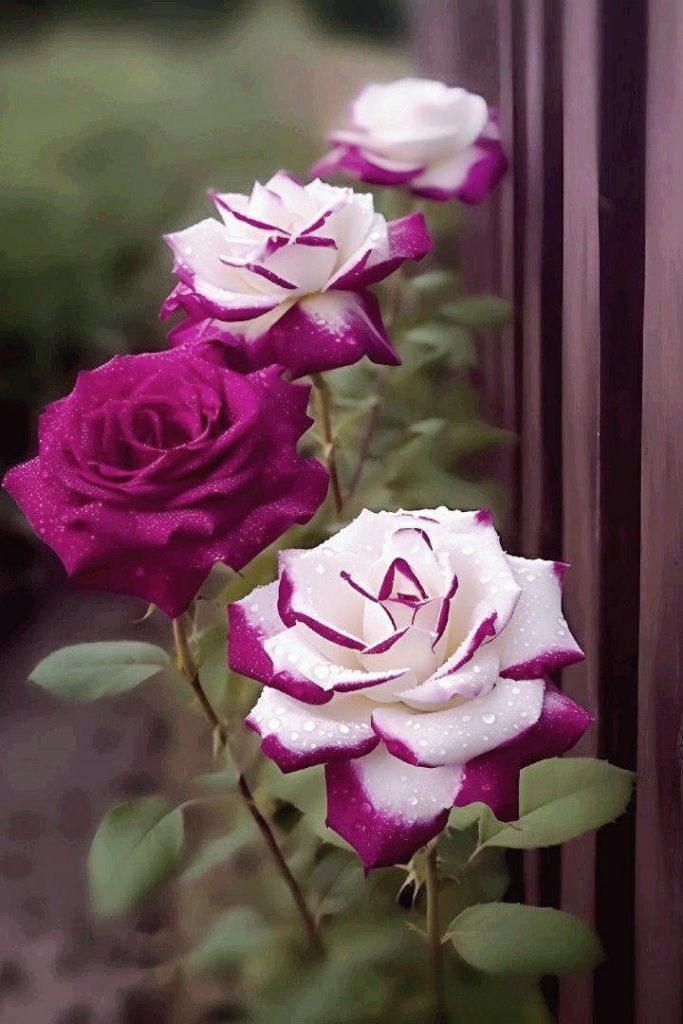
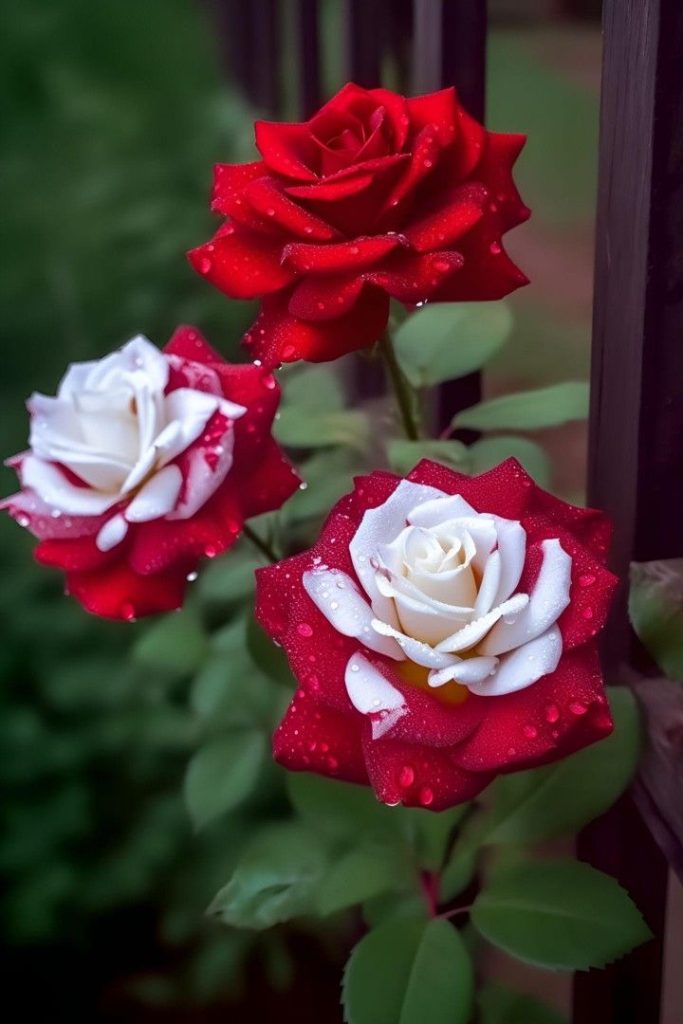
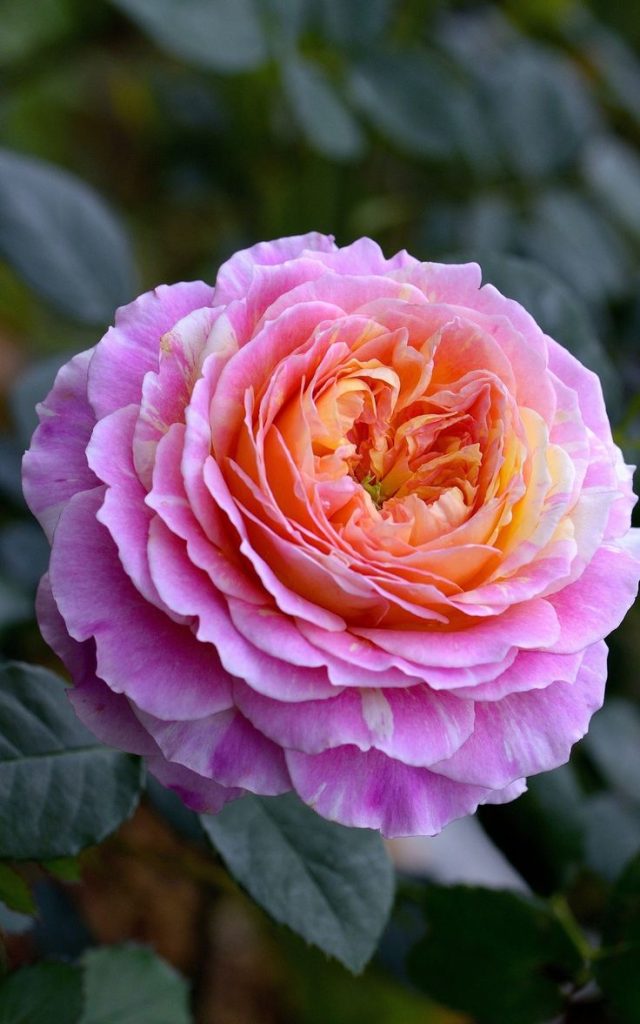
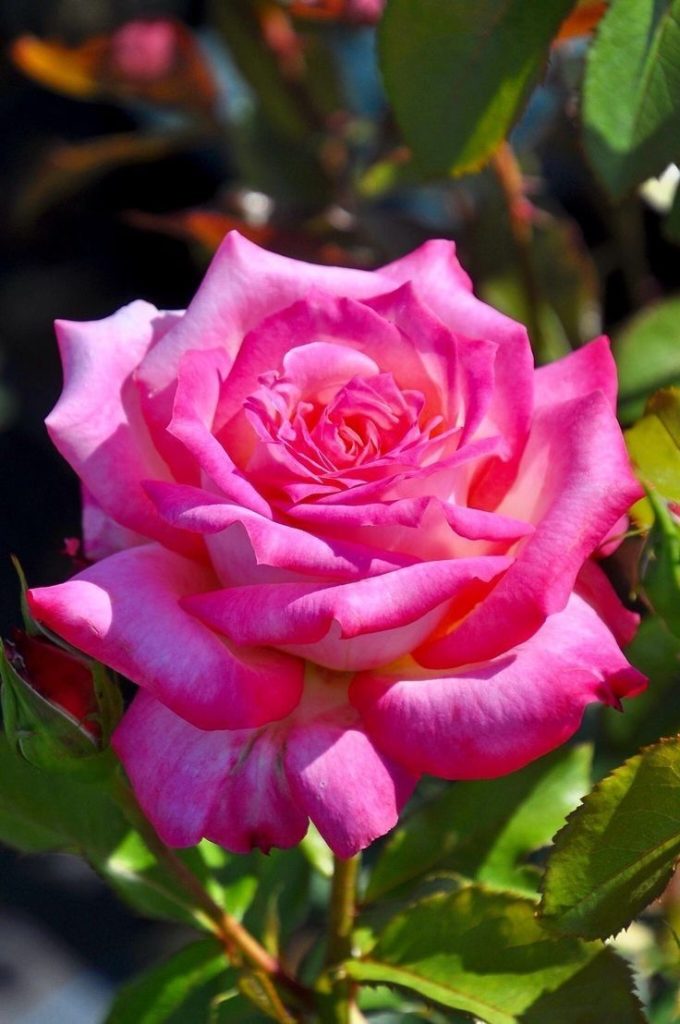
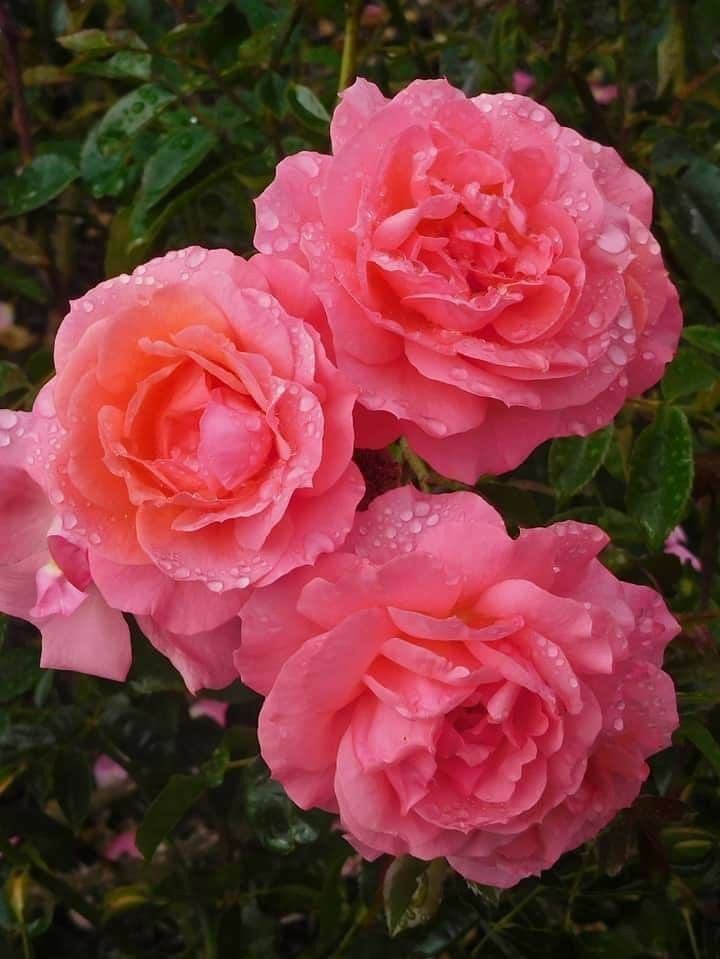
Understanding the Importance of Songbirds
- Ecosystem Benefits: Songbirds play a vital role in maintaining ecological balance by controlling insect populations, pollinating flowers, and dispersing seeds. By attracting songbirds to your garden, you can help support biodiversity and promote a healthy ecosystem in your local area.
- Aesthetic Appeal: In addition to their ecological significance, songbirds also add beauty and charm to outdoor spaces with their vibrant plumage and enchanting songs. By creating a bird-friendly garden, you can enjoy the sight and sound of these delightful creatures right in your own backyard.
Designing a Bird-Friendly Garden
- Native Plants: Choose native flowering plants that provide food, shelter, and nesting sites for songbirds. Native plants have evolved alongside local bird species and are better suited to meet their specific needs for food and habitat. Select a variety of plants with different bloom times, colors, and shapes to attract a diverse range of bird species throughout the year.
- Layered Vegetation: Create a layered garden design with a mix of tall trees, shrubs, and perennials to provide songbirds with a variety of perching, nesting, and foraging opportunities. Trees and shrubs offer shelter and protection, while perennials provide nectar-rich flowers and seeds for food.
- Water Features: Incorporate water features such as birdbaths, shallow ponds, or fountains into your garden design to provide songbirds with a source of clean drinking water and bathing. Moving water is particularly attractive to birds and can help attract a greater variety of species to your garden.
Planting for Songbirds
- Seed-Bearing Plants: Choose plants that produce seeds and berries that are favored by songbirds, such as sunflowers, coneflowers, black-eyed susans, and native grasses. These plants provide a valuable food source for birds, especially during the fall and winter months when natural food supplies may be scarce.
- Nectar-Rich Flowers: Include nectar-rich flowers such as bee balm, salvia, butterfly bush, and trumpet vine to attract hummingbirds and other nectar-feeding birds to your garden. These flowers not only provide a source of energy for birds but also add color and beauty to your landscape.
- Fruit-Bearing Trees and Shrubs: Plant fruit-bearing trees and shrubs such as serviceberry, elderberry, holly, and dogwood to provide songbirds with nutritious berries and fruits throughout the year. These plants not only offer food for birds but also serve as valuable habitat for nesting and roosting.
Providing Nesting Sites
- Native Trees and Shrubs: Incorporate native trees and shrubs into your garden design to provide songbirds with natural nesting sites. Trees such as oak, maple, and birch provide sturdy branches for building nests, while shrubs such as hawthorn, viburnum, and elderberry offer dense foliage for shelter and protection.
- Nesting Boxes: Install nesting boxes or birdhouses in your garden to provide additional nesting opportunities for cavity-nesting birds such as bluebirds, chickadees, and wrens. Place the boxes in quiet, sheltered locations away from predators and disturbances, and monitor them regularly for occupancy and maintenance.
Maintenance Tips
- Pruning and Deadheading: Regularly prune dead or diseased branches and deadhead spent flowers to maintain a healthy and tidy garden environment. Removing debris and clutter also reduces hiding places for predators and helps prevent the spread of pests and diseases.
- Natural Pest Control: Encourage natural pest control by attracting insect-eating birds such as chickadees, warblers, and titmice to your garden. These birds help keep insect populations in check and reduce the need for chemical pesticides, promoting a healthier and more sustainable garden ecosystem.
Conclusion
Creating a flower garden to attract songbirds is not only a rewarding and enjoyable endeavor but also a meaningful way to support local bird populations and promote biodiversity in your community. By designing a bird-friendly garden with native plants, water features, and nesting sites, you can provide songbirds with essential resources for survival and create a welcoming habitat for these beautiful creatures. So, grab your binoculars, sit back, and enjoy the symphony of nature as songbirds flock to your garden in a dazzling display of color and song.


